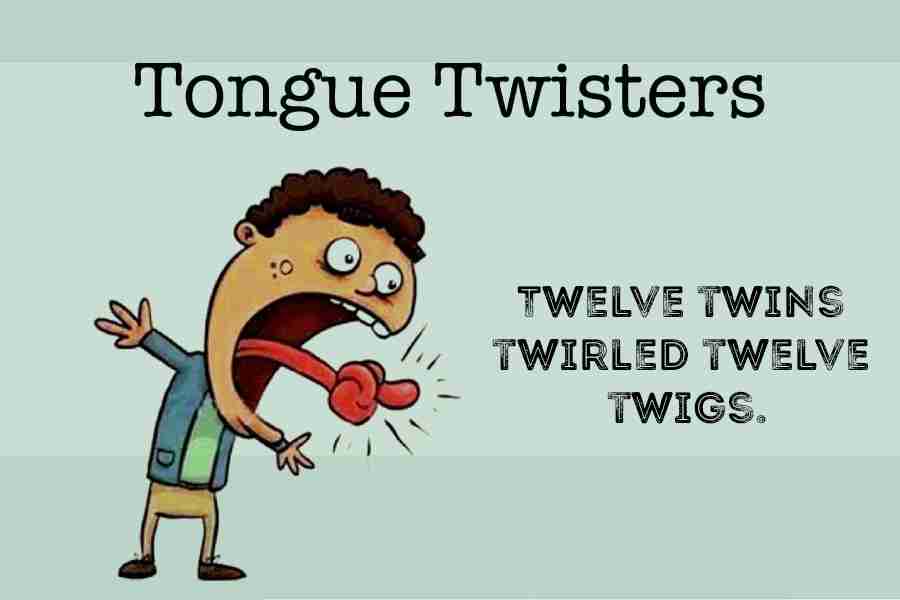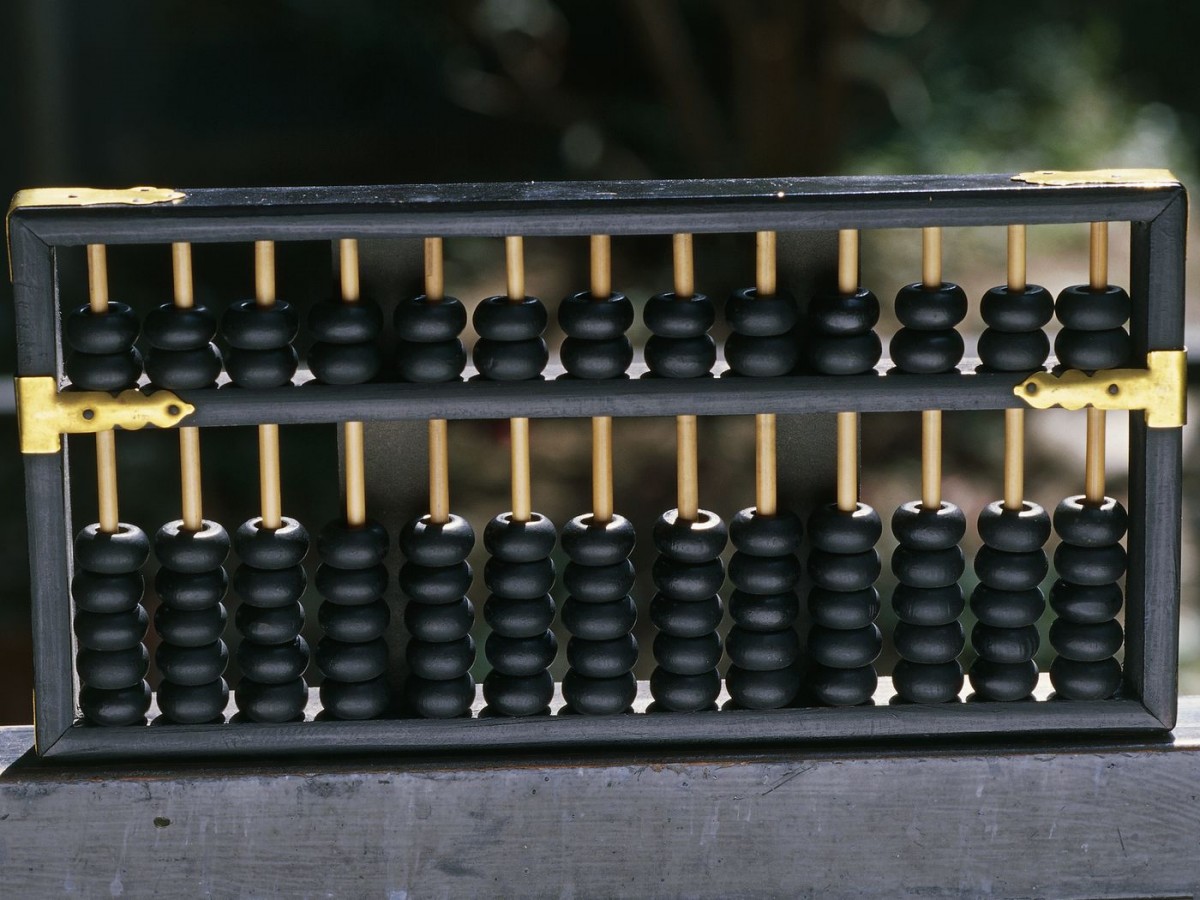English pronunciation can be challenging, especially for non-native speakers. However, mastering pronunciation is crucial for effective communication. One fun and effective way to enhance your pronunciation skills is by using tongue twisters. In this article, we’ll explore how tongue twisters can help you improve your English pronunciation, and we’ll provide some popular tongue twisters to get you started
How Tongue Twisters Improve Pronunciation:
- Phonetic Awareness: Tongue twisters are designed to contain similar sounds or sound patterns, making them ideal for practicing specific phonemes (individual speech sounds). By repeatedly pronouncing these challenging sequences, you can develop greater phonetic awareness.
- Articulation Practice: Tongue twisters often require precise tongue, lip, and vocal cord movements. Practicing these movements with tongue twisters can help you develop better articulation, which is essential for clear speech.
- Fluency and Speed: As you become more comfortable with tongue twisters, you’ll find that you can say them faster and smoother. This improved fluency will translate into more natural speech patterns in everyday conversations.
- Accent Reduction: For learners with strong accents, tongue twisters can help neutralize your speech by focusing on specific sounds or stress patterns commonly found in English.

Also Read: Mahatma Gandhi: A Life of Non-Violence and Transformation
Tips for Using Tongue Twisters:
- Start Slowly: Begin by saying the tongue twister slowly and carefully. Pay attention to each sound and movement. Don’t rush; accuracy is more important than speed initially.
- Repeat Regularly: Consistent practice is key to improvement. Repeat each tongue twister multiple times, gradually increasing your speed as you become more comfortable.
- Record Yourself: Recording your pronunciation can be helpful. Listen to the recordings and compare them to native speakers to identify areas that need improvement.
- Use a Mirror: Practice in front of a mirror to observe your mouth and tongue movements. This visual feedback can help you correct any mispronunciations.
- Break It Down: If a particular sound or combination is particularly challenging, break the tongue twister into smaller parts and practice those segments individually before attempting the entire phrase.
Popular Tongue Twisters:

Here are some popular tongue twisters that can be both fun to say and helpful for improving your pronunciation:
- She sells seashells by the seashore.
- This tongue twister focuses on the “s” and “sh” sounds.
- Peter Piper picked a peck of pickled peppers.
- It challenges your ability to pronounce the “p” sound rapidly.
- How can a clam cram in a clean cream can?
- This one is great for practicing the “c” and “cl” sounds.
- Six slippery snails slid slowly seaward.
- It features the “s” and “sl” sounds.
- Fuzzy Wuzzy was a bear; Fuzzy Wuzzy had no hair; Fuzzy Wuzzy wasn’t very fuzzy, was he?
- This tongue twister has a repetitive pattern and emphasizes the “w” and “f” sounds.
- Betty Botter bought some butter, but she said this butter’s bitter. If I put it in my batter, it will make my batter bitter. But a bit of better butter will make my batter better. So ’twas better Betty Botter bought a bit of better butter.
- This one is a real tongue twister and a good exercise for practicing various sounds, especially “b” and “t.”
- Sally sells seashells by the seashore. The shells she sells are surely seashells. So if she sells shells on the seashore, I’m sure she sells seashore shells.
- A playful tongue twister that focuses on the “s” and “sh” sounds.
- How much wood would a woodchuck chuck if a woodchuck could chuck wood? He would chuck as much wood as a woodchuck would if a woodchuck could chuck wood.
- This tongue twister challenges your “w,” “ch,” and “ck” sounds.
- I saw Susie sitting in a shoeshine shop. Where she sits, she shines, and where she shines, she sits.
- It combines “s,” “sh,” and “s” sounds.
- Unique New York, you need New York. You know you need unique New York.
- This tongue twister is helpful for practicing vowel sounds and the “y” and “n” sounds.
These tongue twisters are not only entertaining but also great tools for honing your pronunciation skills. Remember to practice them regularly and slowly increase your speed as you become more comfortable. Happy tongue-twisting!











